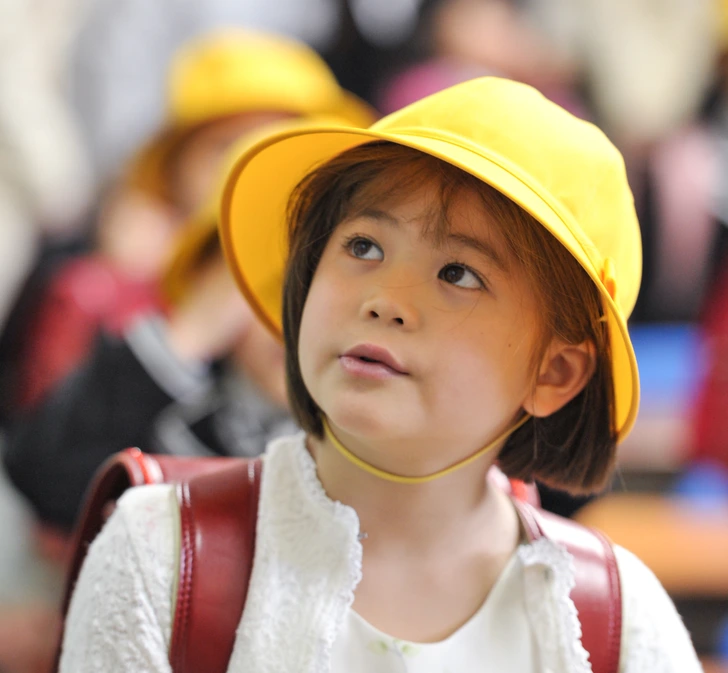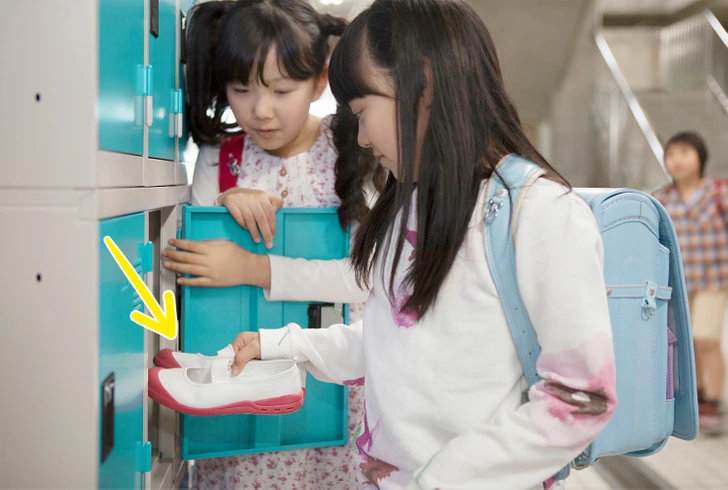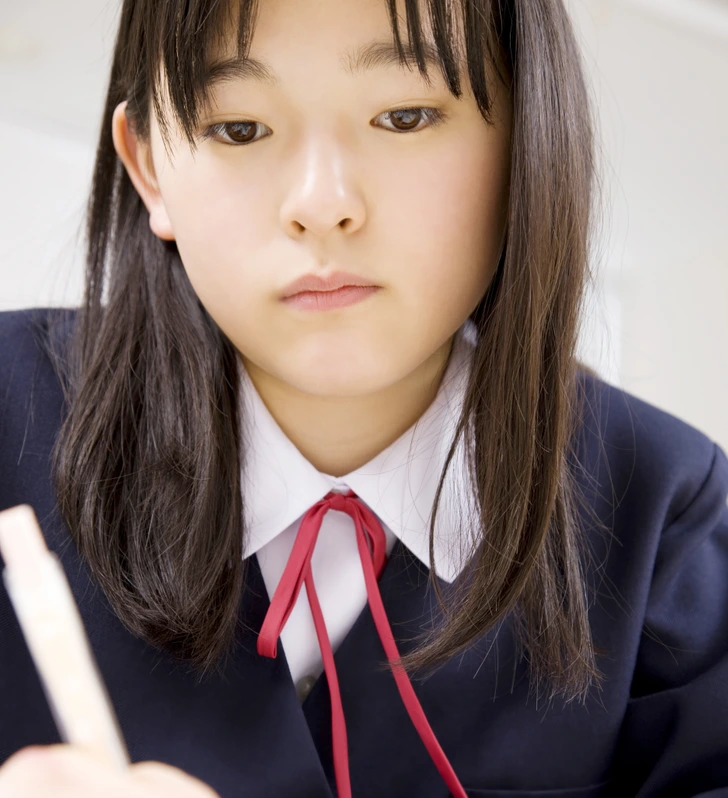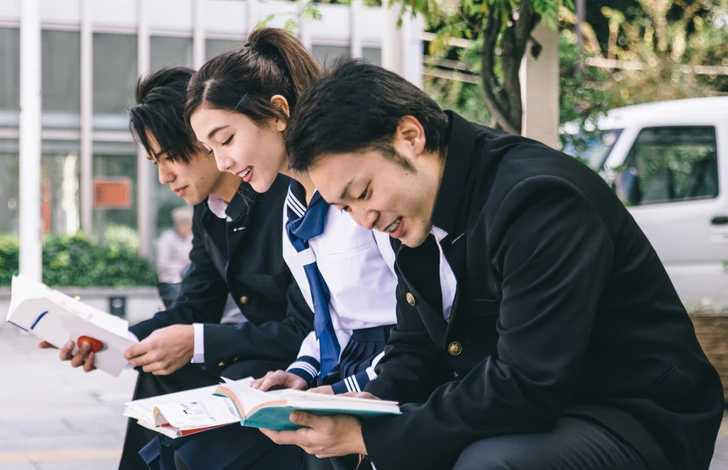Tóc phải thẳng, tóc xoăn tự nhiên cần có “giấy chứng nhận tóc thật”
The education system in Japan is known for its unique and interesting practices. From the timing of the academic year to the rules and regulations followed by students, Japan stands out in many ways. One such interesting aspect is the rules regarding hair in Japanese schools.
Fascinating Aspects of the Japanese Education System
In Japan, primary school begins from grade 1 and goes up to grade 6. Each year, students change their seats to get to know each other better. Throughout these 6 years, all students carry the same style of school bags called “randoseru”. In some schools, there is a rule that all girls should carry a red randoseru, while boys carry a black one. However, this color-coding rule may not be followed in all schools. Furthermore, many grade 1 students wear yellow caps to make it easier for others to identify and locate them from a distance.

Caption: In Japan, primary school begins from grade 1 to grade 6
In some schools, students are responsible for cleaning and maintaining the cleanliness of the school building. After school hours, they clean their own classrooms, as well as the toilets and playgrounds.
When students enter the school premises, they take off their shoes and wear special white shoes called “uwabaki”. These shoes are worn by children of all ages and genders. Even parents, when coming to school, have to take off their shoes and bring a pair of clean slippers or sandals, regardless of the weather outside.

Caption: Image of uwabaki shoes
After completing grade 6, students move on to lower secondary school, which lasts for 3 years. This is when most Japanese students start wearing school uniforms.
Most Japanese schools prohibit female students from using cosmetics. In some schools, each classroom even has a bottle of makeup remover. If a female student is found wearing makeup, she will be required to remove it completely.
A small group of female students in Japan is not allowed to wear stockings, even in the winter. Some educational institutions require female students to wear skirts with socks instead.
Japanese schools have strict rules regarding students’ appearances. For example, most schools do not allow male students to have shaved sides of their hair, a style commonly known as “undercut”. Only teachers are allowed to have this hairstyle.
Many schools in Japan require female students to have straight hair. If a female student has naturally curly hair, she has to prove that it is her natural hair and present a “certificate of natural hair” signed by her parents, along with childhood photos as evidence. This rule also applies to students with light-colored hair; they need to prove that they haven’t dyed their hair.

Caption: Many schools in Japan require female students to have straight hair
Upper secondary school in Japan spans from grade 10 to grade 12. To enter grade 10, students must pass entrance exams.
The timetable for an upper secondary school student includes both compulsory and elective subjects. One of the compulsory subjects is a year-long home economics course, which prepares students for family life. They learn cooking, budget management, and discuss the importance of family. Elective subjects may include fishing and agriculture.
Apart from the mandatory subjects, nearly half of the upper secondary school students take additional courses to prepare for university entrance exams.
Most schools have monthly meetings in the morning with the principal.
In Japan, teachers not only evaluate the knowledge of students but also monitor their note-taking skills. It is noteworthy that students are required to copy everything the teacher says word for word. In case a student fails to keep up with the pace, the teacher will not wait and move on.

Caption: The timetable for an upper secondary school student includes both compulsory and elective subjects
In conclusion, the Japanese education system is known for its unique rules and practices. From requiring students to change seats every year to strict regulations regarding hair, it offers a different perspective on education. These practices aim to instill discipline, teamwork, and a sense of responsibility in students, preparing them for life beyond the classroom.
According to Business Today
